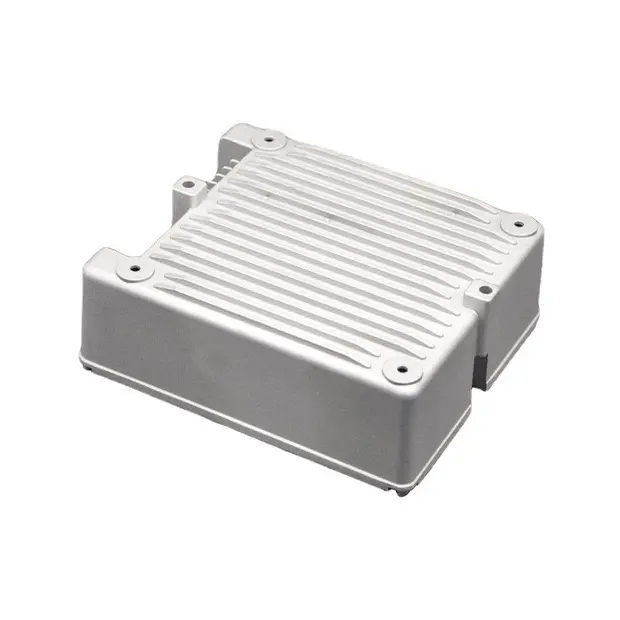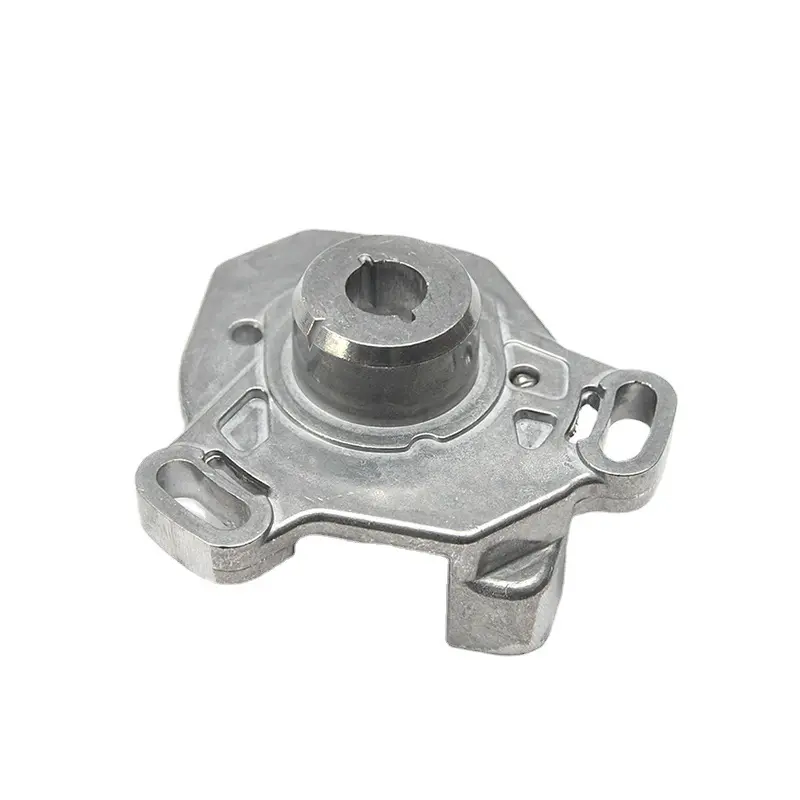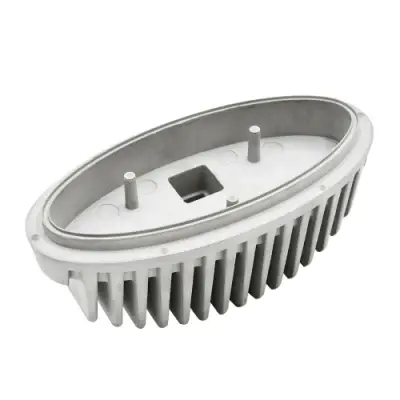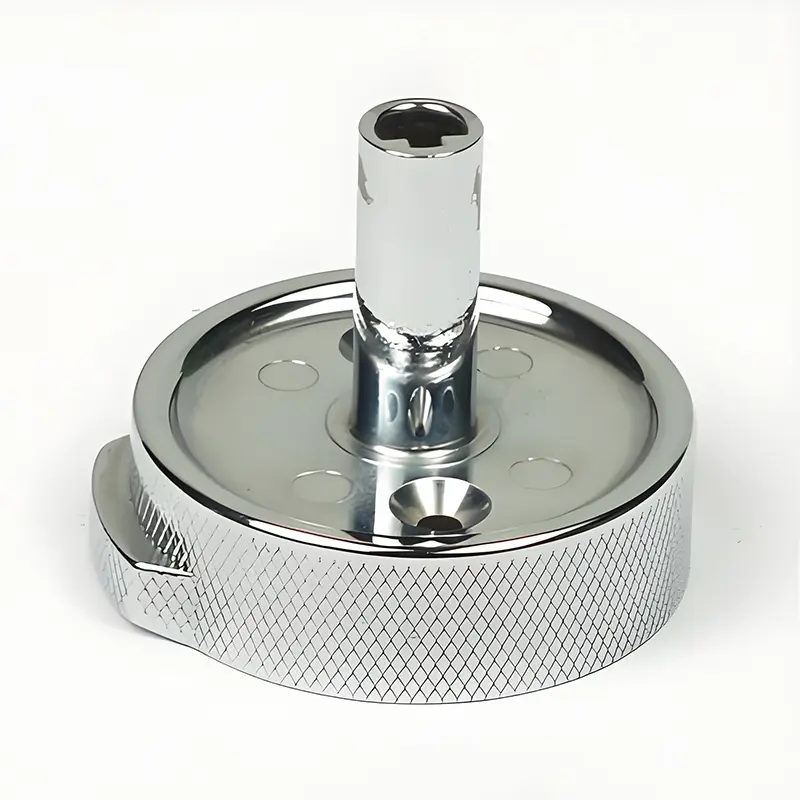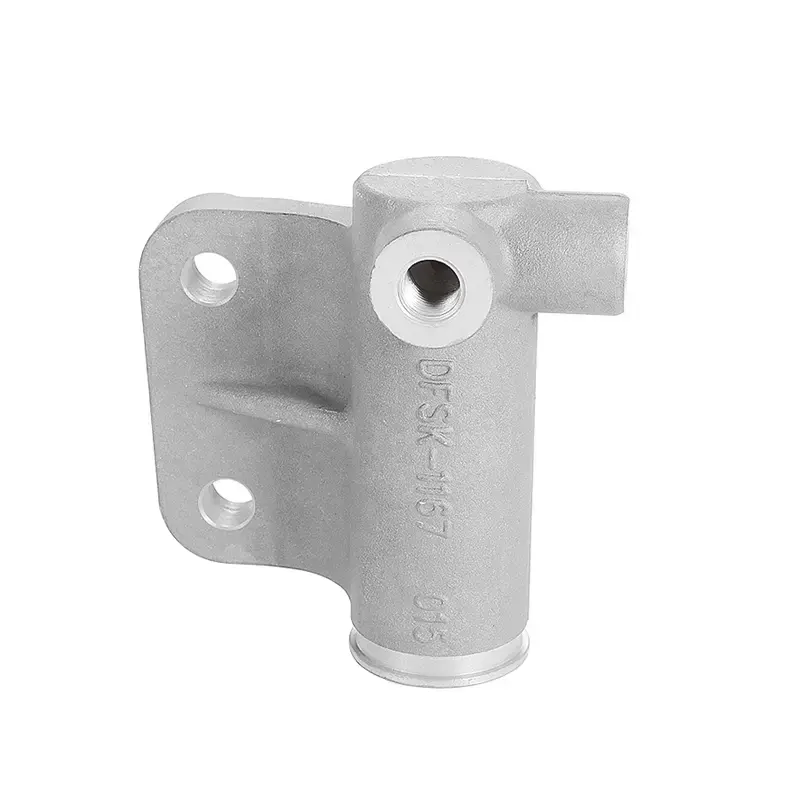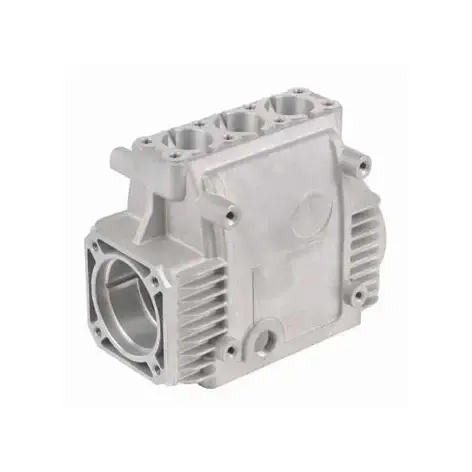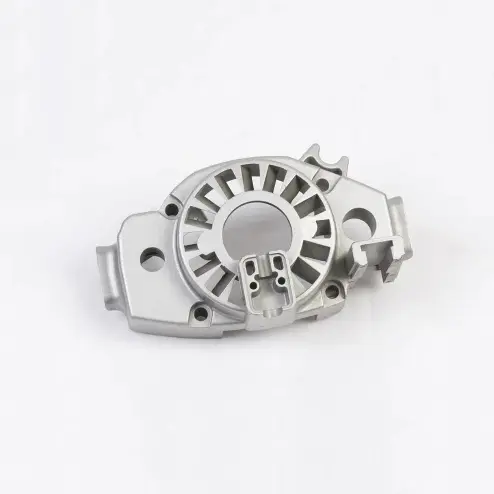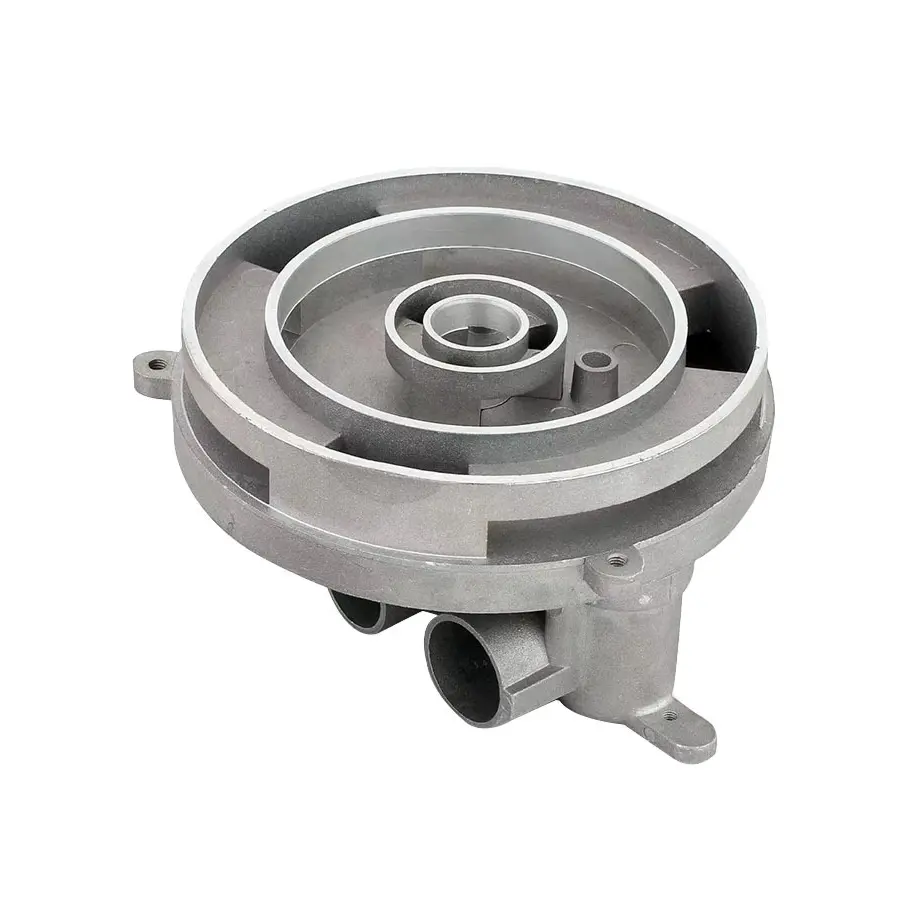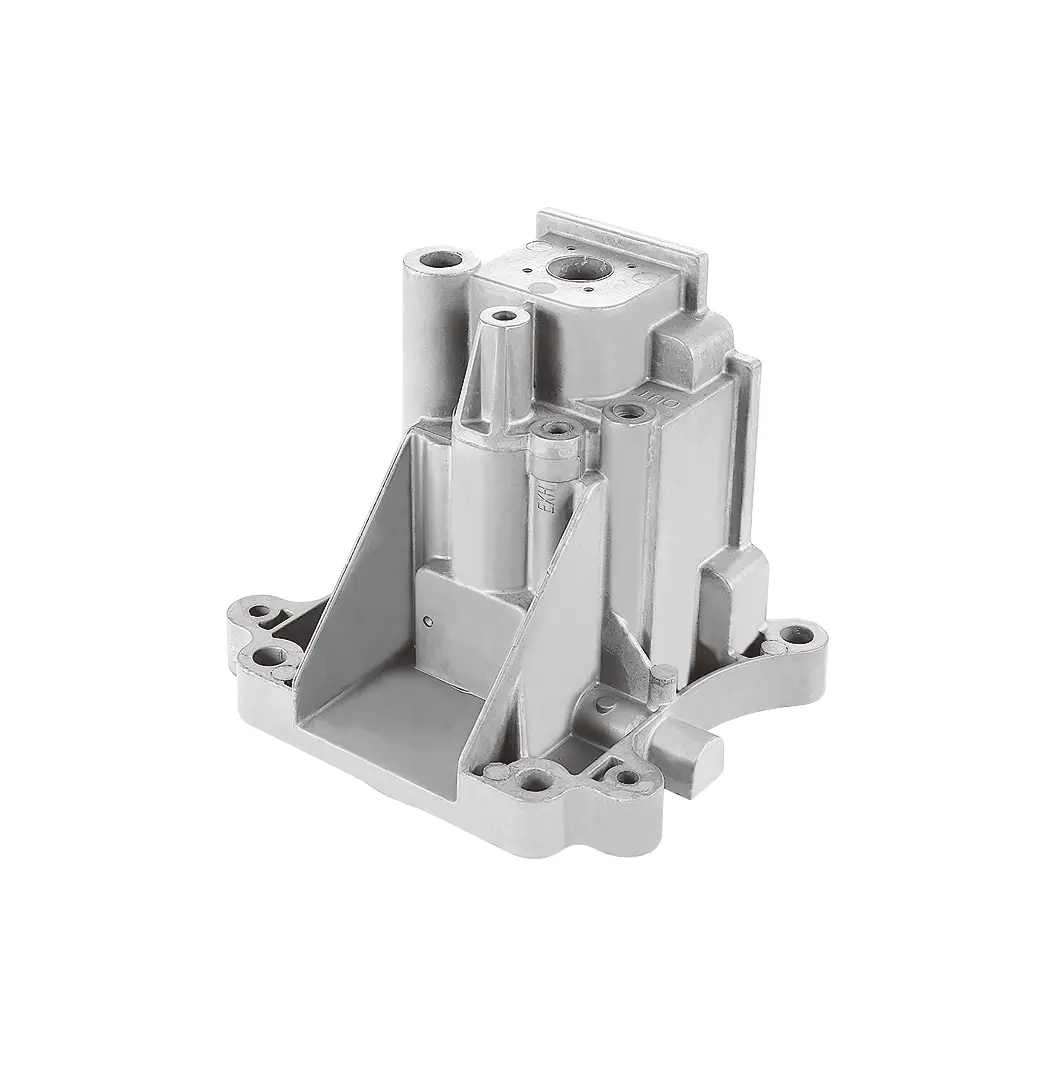 +86-13516964051
+86-13516964051 Aluminum Alloy Die-Casting Heat Treatment
Aluminum Alloy Die-Casting Heat Treatment
In the aluminum alloy die-casting industry chain, heat treatment is the "invisible engineer" that determines the upper limit of workpiece performance. From load-bearing components in automotive chassis to precision aerospace components, to lightweight housings in smart homes, aluminum alloy die-castings that undergo precise heat treatment can achieve qualitative leaps in key performance indicators such as strength, toughness, and corrosion resistance. For manufacturing companies pursuing high-end quality and international competitiveness, a deep understanding of the principles, processes, and application logic of heat treatment technology is key to breaking through the bottleneck of product homogeneity. This article systematically analyzes the core knowledge of aluminum alloy die-casting heat treatment, providing industry practitioners with a reference that combines theoretical depth and practical value.
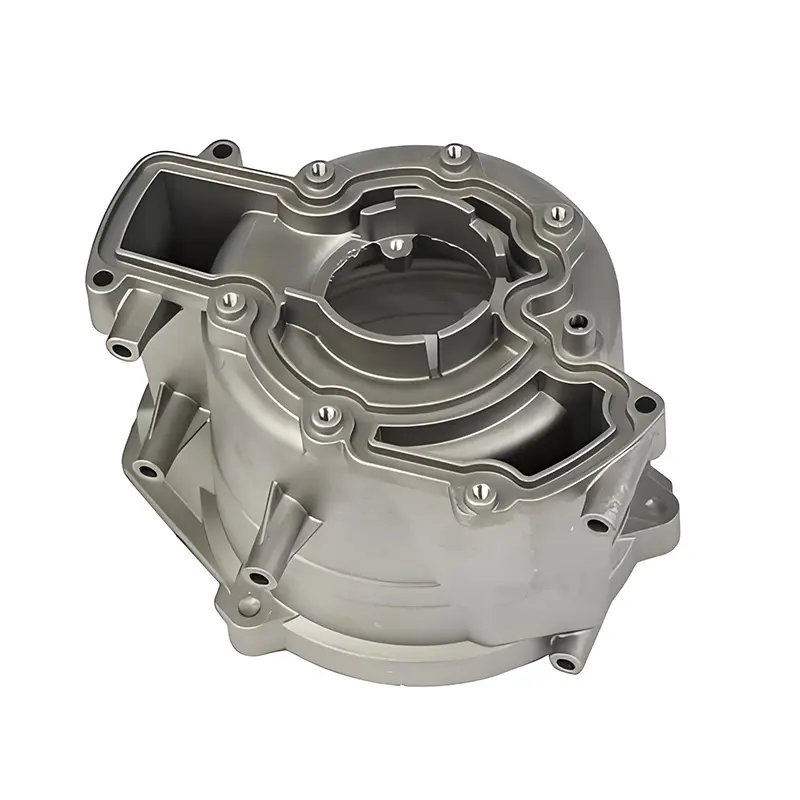
I. Heat Treatment: The "Performance Reshaping" of Aluminum Alloy Die-Castings
After die-casting, aluminum alloys often exhibit internal microstructure problems such as coarse grains, component segregation, and internal stress concentration, directly leading to insufficient strength, deformation, and poor weather resistance. Heat treatment transforms the alloy's internal metallographic structure through precise control of the "heating-holding-cooling" cycle, thereby achieving targeted performance optimization. This process is like a "tailor-made physical transformation" for die-Cast Parts.
From a technical perspective, the core value of heat treatment lies in three dimensions: 1. Defect elimination: High-temperature holding and slow cooling release internal stresses generated during the Casting Process, preventing cracking and deformation during subsequent processing or use; 2. Performance enhancement: Through solid solution strengthening and aging hardening, alloy strength and hardness can be increased by 30%-80%. Some aluminum alloys can achieve tensile strength exceeding 400 MPa after heat treatment; 3. Functional optimization: Corrosion resistance, electrical conductivity, or machinability can be improved for specific applications. For example, heat treatment can achieve both high-pressure resistance and thermal fatigue resistance in automotive engine blocks.
For exporting companies, heat treatment is a "passport" to meeting international standards. The European and American markets have extremely stringent performance requirements for aluminum alloy die-castings. For example, the German DIN standard explicitly stipulates that automotive structural parts must undergo T6 heat treatment, while the North American ASTM standard sets mandatory hardness and elongation standards for aviation die-castings. Products without standardized heat treatment processes simply cannot enter the high-end supply chain.
II. Four Core Heat Treatment Processes to Adapt to Different Scenario Requirements
The appropriate heat treatment process for aluminum alloy die-casting requires selection based on the alloy composition, workpiece structure, and application requirements. The four most widely used process categories in the industry each have their own focus, with significant differences in their technical requirements and applicable scenarios.
(I) Annealing (O-state): The "Basic Treatment" for Stress Relief
Annealing is the most basic heat treatment process. The process involves heating the die-casting to 300-400°C, holding it for 2-4 hours, and then slowly cooling it in the furnace. This process realigns the alloy's internal grains, completely releasing casting stresses while reducing hardness and improving ductility. Typical Applications: Suitable for large, easily deformed die-cast parts with complex structures, such as battery housings for new energy vehicles and frame components for medical devices. It is also commonly used for workpieces requiring subsequent cold working such as deep drawing and bending, effectively preventing cracking during processing. Its advantage lies in the extremely high dimensional stability of the treated workpiece, with a defect rate controlled below 0.5%. However, the strength improvement is limited, and it is usually used only as a pretreatment step.
(II) Solution Treatment + Artificial Aging (T6 Condition): The "Golden Solution" for Strength Enhancement
T6 treatment is currently the most mainstream strengthening process for aluminum alloy die-casting. It consists of a two-step process: first, solution treatment at 450-550°C allows the strengthening phases (such as Mg₂Si) in the alloy to fully dissolve into the aluminum matrix. This is followed by rapid water cooling to achieve a supersaturated solid solution, followed by artificial aging at 120-180°C for 4-12 hours to promote uniform precipitation of the strengthening phases. Typical Applications: Covering nearly all structural parts requiring high strength, such as automotive control arms, suspension brackets, and drone fuselages. After T6 treatment, the tensile strength of ADC12 aluminum alloy can be increased from 200 MPa to over 320 MPa, and the hardness can be increased from HB60 to HB110. However, this process places high demands on uniform wall thickness. Thickness variations exceeding 5 mm can easily lead to deformation and uneven performance, requiring precise heating and cooling control.
(III) Solution Treatment + Natural Aging (T4 Temper): A "Balanced Choice" for Strength and Plasticity
The T4 treatment differs from the T6 treatment in the aging method. After solution treatment, no artificial heating is required; instead, the material is naturally aged at room temperature for 4-7 days. This process achieves a certain strength (slightly lower than that of the T6 temper) while maintaining good plasticity and toughness, with elongation reaching 15%-20%. Typical Applications: Suitable for workpieces requiring both load-bearing capacity and impact resistance, such as connectors for construction machinery and load-bearing components for sports equipment. Its advantages include low processing costs and no risk of aging deformation, making it particularly suitable for mass-produced small and medium-sized die-castings. Its disadvantages include long aging cycles and the high demand for coordinated production planning.
(IV) Stabilization Treatment (T7 State): "Specialized Optimization" for Corrosion and Heat Resistance
After solution treatment, the T7 treatment utilizes a high temperature (180-220°C) for a long aging period. This treatment aims to fully stabilize the alloy's internal structure, sacrificing some strength in exchange for excellent corrosion and heat resistance. Workpieces treated with the T7 treatment can maintain a performance degradation rate of less than 10% in high-temperature environments (150-200°C), and can achieve a corrosion resistance rating of 9 or higher in salt spray tests.
Typical Applications: Primarily used for workpieces exposed to high temperatures and high corrosion, such as ship engine parts, valve housings for chemical equipment, and connectors for outdoor photovoltaic systems. In foreign trade orders from coastal areas or tropical countries, workpieces treated with T7 treatment are highly favored due to their adaptability.
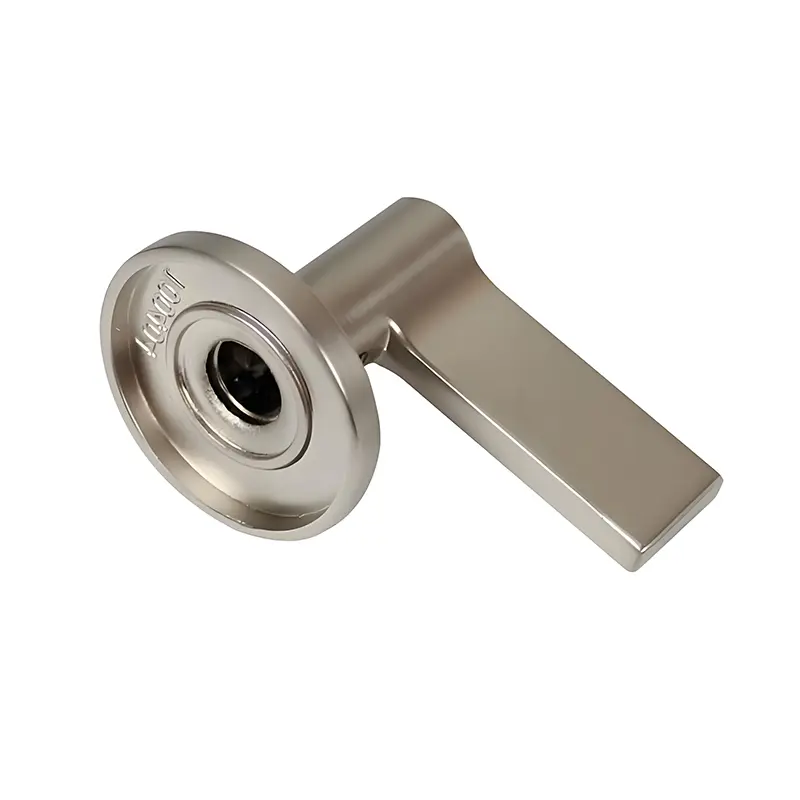
III. Process Selection and Quality Control: A Comprehensive Guide from Demand to Implementation
(I) Three Key Elements of Scientific Selection: Alloy, Structure, and Operating Conditions
The selection of a heat treatment process must be based on a precise assessment of three key factors:
Alloy composition is fundamental: Different aluminum alloys have significant differences in heat treatability. For example, ADC12 (Al-Si-Cu) is suitable for T6 treatment, while A380 (Al-Si-Mg) achieves good performance with T5 treatment. Pure aluminum or low-alloy aluminum can only be annealed.
Workpiece Structure Defining Boundaries: For workpieces with uneven wall thickness, thin-walled ribs, or complex internal cavities, processes with low deformation risk (such as O- and T4-tempering) should be prioritized. Simple structural parts with uniform wall thickness can use T6-tempering to achieve high strength. Working conditions are the core: clearly define the workpiece's stress type (tension, bending, impact), operating environment (temperature, humidity, media), and lifespan requirements. For example, workpieces subjected to long-term alternating loads should prioritize toughness, while workpieces exposed to acidic and alkaline media should enhance corrosion resistance.
(II) Four Key Nodes of Quality Control
Quality fluctuations during heat treatment directly affect workpiece performance, necessitating strict control standards throughout the entire process:
Heating: Utilize an intelligent temperature-controlled furnace to ensure that the temperature difference within the furnace does not exceed ±5°C to avoid local overheating and coarsening of grains. The heating rate should be adjusted based on the workpiece weight and furnace load, generally within a range of 5-10°C/min.
Cooling: The cooling rate after solution treatment is crucial. During water quenching, the water temperature should be below 30°C, and the cooling time should be controlled within 3-5 seconds to ensure the stable formation of a supersaturated solid solution. For easily deformed workpieces, staged cooling (water quenching → air cooling) can be employed.
Aging: Artificial aging requires precise temperature and time control. Deviations exceeding ±10°C or ±1 hour will result in substandard performance. Natural aging requires a constant temperature (20-25°C) and humidity (40%-60%) environment, avoiding direct sunlight.
Inspection: Each batch of workpieces undergoes performance testing, including tensile testing (strength and elongation), hardness testing (Brinell or Vickers), metallographic analysis (observation of grain and reinforcement distribution), and dimensional deformation measurement using a coordinate measuring machine.
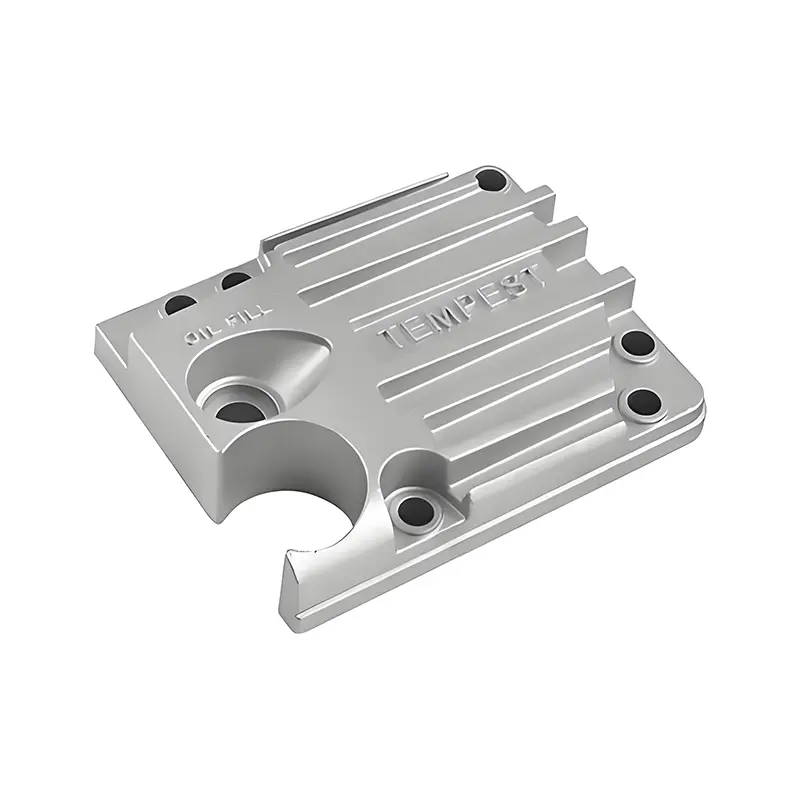
IV. Common Problems and Solutions: Avoiding Heat Treatment Pitfalls
In aluminum alloy die-casting heat treatment, cracking, deformation, and substandard performance are three common problems. Their causes and solutions are as follows:
(I) Workpiece Cracking: The Result of Stress Concentration and Process Mismatch
Cracking often occurs during the cooling phase or aging process after solution treatment. The main causes include: defects such as subcutaneous pores and shrinkage during casting, excessive thermal stresses caused by excessive heating rates, and a mismatch between the cooling rate and alloy properties.
Solution: First, use X-ray inspection to identify casting defects and remove unqualified workpieces in advance. During heating, adopt a "staged heating" mode (low-temperature preheating → high-temperature holding) to reduce thermal stress. Adjust the cooling rate according to the alloy type. For example, for brittle Al-Cu alloys, oil quenching can be used instead of water quenching.
(II) Dimensional Deformation: The Influence of Temperature Gradients and Structural Inhomogeneities
Deformation is particularly common in large, complex parts. The root cause is the uneven temperature rise and fall rates across the workpiece, resulting in uneven shrinkage. The greater the wall thickness difference and the denser the ribs, the higher the risk of deformation.
Solution: Optimize the furnace loading method and use specialized tooling to secure the workpiece to avoid hanging or single-point stress. Design a "conformal cooling" solution to enhance cooling in thick-walled areas and slow cooling in thin-walled areas. Add a shaping step after heat treatment and stabilize the dimensions through low-temperature aging (100-120°C).
(III) Substandard Performance: The Double Hidden Dangers of Process Parameters and Materials
The core reasons for substandard strength and hardness include: insufficient solution temperature resulting in insufficient dissolution of the strengthening phase, too short aging time resulting in insufficient precipitation, or alloy composition deviations (e.g., low Mg or Si content).
Solution: Regularly calibrate temperature control equipment to ensure accurate implementation of process parameters; establish a raw material inspection system and perform composition analysis on each batch of aluminum alloy ingots; and conduct pre-testing of process test pieces to determine the optimal solution and aging parameters before mass production.








